Aaargh, rum. It’s been turning noble sailors into depraved pirates for centuries. The Captain dives behind the bar to uncover the secrets of this sweet seafaring spirit.
Rum lore has it that the first distillation of rum began by accident on Caribbean sugar plantations in the 1600s. One glorious day, weary slaves realised that the molasses left over from the sugar refining process could be turned into alcohol. The work went easier from then on.
The Caribbean in those times (and arguably, still) was a notorious pirate haunt. Pirates took to rum like a whaleshark engulfs plankton. The notorious Blackbeard was partial to blending his with gunpowder. This could account for his reputation as a stone-cold crazy who would set his own hair on fire before going into battle!
LIQUID COURAGE
Rum and the sea go together like rod and reel, steak and chips, or bill and fish. From the earliest days of brass-buttoned Brits in wooden ships, Royal Navy sailors were issued a daily rum ration, or “tot”, by the ship’s purser. It was serious sailor’s business ‑ the daily dose was a pint a day, neat. And it got even more serious when there was trouble brewing. Before battle, the Jolly Jack Tars got a double shot of liquid courage. A win on the water guaranteed another celebratory drink. Come to think of it, with these blokes in charge of keeping the sea lanes open, it really is a wonder the British Empire lasted as long as it did.
Eventually, in 1970, the Lords of the Admiralty abolished the daily rum ration, fearing that “in a highly sophisticated navy, no risk for margin or error which was attributable to rum could be allowed”. Perhaps not such bad call given that by now the wooden fighting ships of Nelson’s navy had given way to nuclear subs!
THE RUM REBELLION DOWNUNDER
Aussies and rum go way back. The Rum Rebellion was Australia’s first and only military coup. In January 1808, soldiers of the New South Wales Corps in Sydney arrested and deposed Governor William Bligh – who already had a bit of a “loser” rep after his crew had given him the old heave-ho from HMS Bounty in 1789.
A shortage of hard cash in the convict colony meant barter was the name of the game. Bartering rum became a thriving business. When Bligh tried to call a halt to the illegal trade, he pissed off the colonial heavies who were making big bucks. Cue Rum Rebellion.
THE TOT WITH A SEAFARING SWAGGER
The public perception of rum has come a long way in the past 30 years. Back in the ’70s, rum was the greasy and paint-strippingly potent navy tot that weird old Uncle Bert poured down his throat as he regaled you with bogus boat trip tales. Today, it’s a totally cool and complex addition to the gentleman’s glass. But rum still retains a touch of seafaring swagger and, like many a sexy swashbuckler, can lay on the smiley charm before running you through with an alcoholic cutlass.
However, rum’s bounty of aroma and flavour sails it way beyond the seagoing stereotype. The banana, pineapple and vanilla backdrop drifts into a sweet sugar heart and the intense tropical conditions bestow a billowing array of attributes to the maturation process. It’s a nectarous nip, no doubt, one to turn about the most stubborn of naysayer, and if you’re setting sail into the world of aged spirits, rum is the perfect point to cast off and get acquainted with booze from a barrel. Without any more salty seamen clichés, let’s get to the point of our hook with are a few rum facts.
RUM OF THE MILL
At the base of rum is sugar, obtained from sugar cane. Sugar cane is a grass and is harvested and pressed to extract the water before it is crushed to get a sugary juice. The juice can be fermented, but is often boiled and treated to create a crystallised sugar, the by-product being molasses. The molasses is then diluted, fermented and distilled to produce rum.
The rules of rum are as wobbly as the morals of a windswept pirate. Loosely speaking, rum is any spirit made from sugar ‑ either cane juice or molasses ‑ and can be distilled anywhere in the world. Under European regulations, it must be distilled to a strength of 96%bv or lower and bottled at 37.5% and over. No flavouring is allowed, although caramel is added for colour.
POT OR COLOMN
No rules here as both are used in the production of rum and can dictate a style. In the Caribbean, the various distillation methods used invariably relate to the history of the individual island. So the pot stills used in Jamaica or Barbados deliver typically robust rums, while the columns of Cuba create a traditionally lighter spirit.
TOUCH WOOD
Darker rums obtain their colour from maturation in oak, with rum producers buying old bourbon casks, available because the bourbon industry dictates its spirit must be aged in new-charred American oak. When rum is aged in a tropical climate, any water in the barrel with the rum evaporates quicker ‑ the spirit interacts with the wood at a faster rate than, say, a whisky from temperate Scotland.
The oak rapidly imposes properties such as colour and flavour. The pores of the wood open and the rum permeates, dipping in and out of the openings, extracting “congeners” (chemical flavour compounds), with vanillins delivering (you guessed it) vanilla, eugenol keeping things spicy and lactones contributing coconut flavour.
(Captain’s Note: It is also thought these little suckers stick their oar in to contribute to hangover symptoms!)

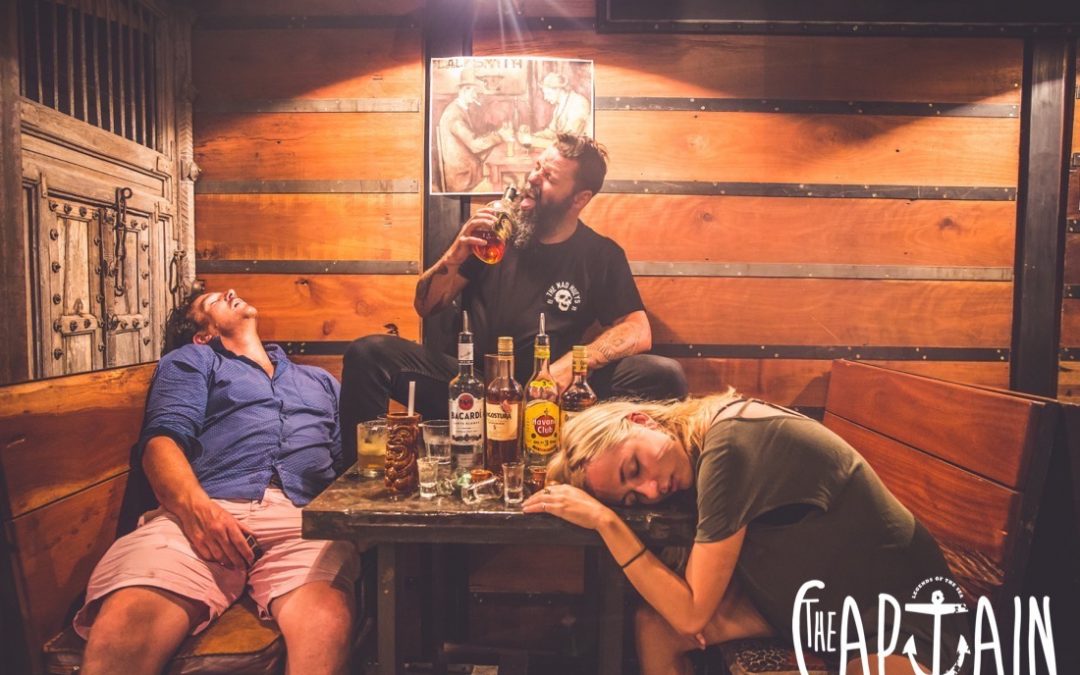
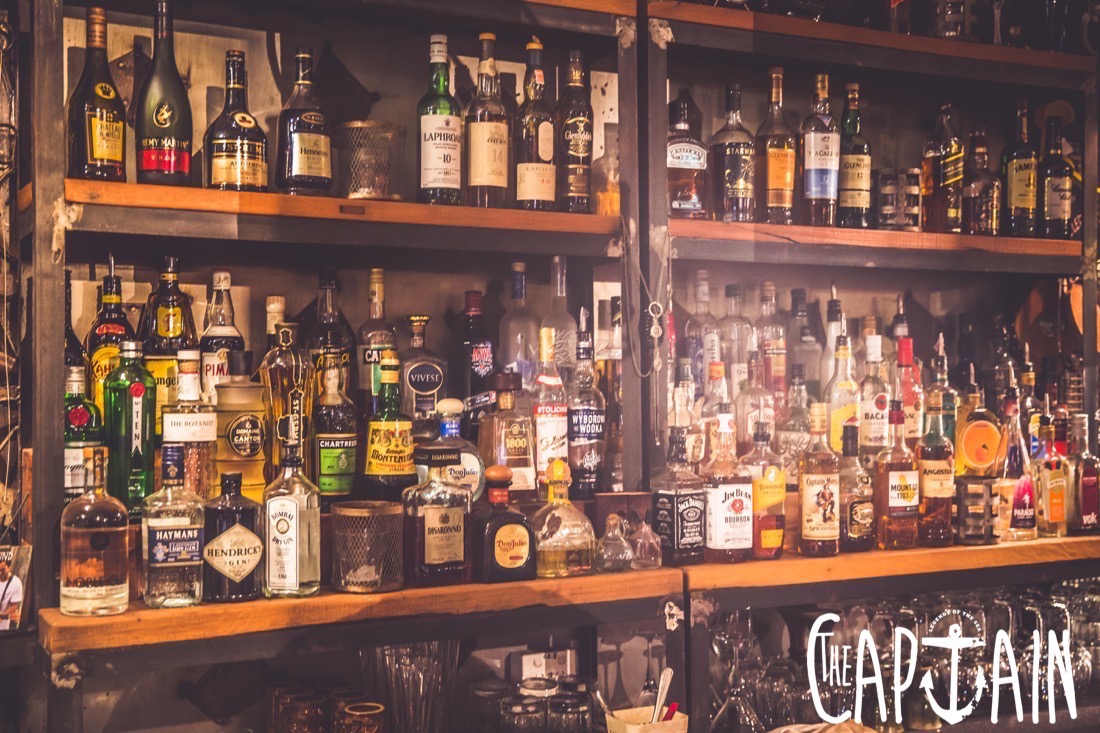
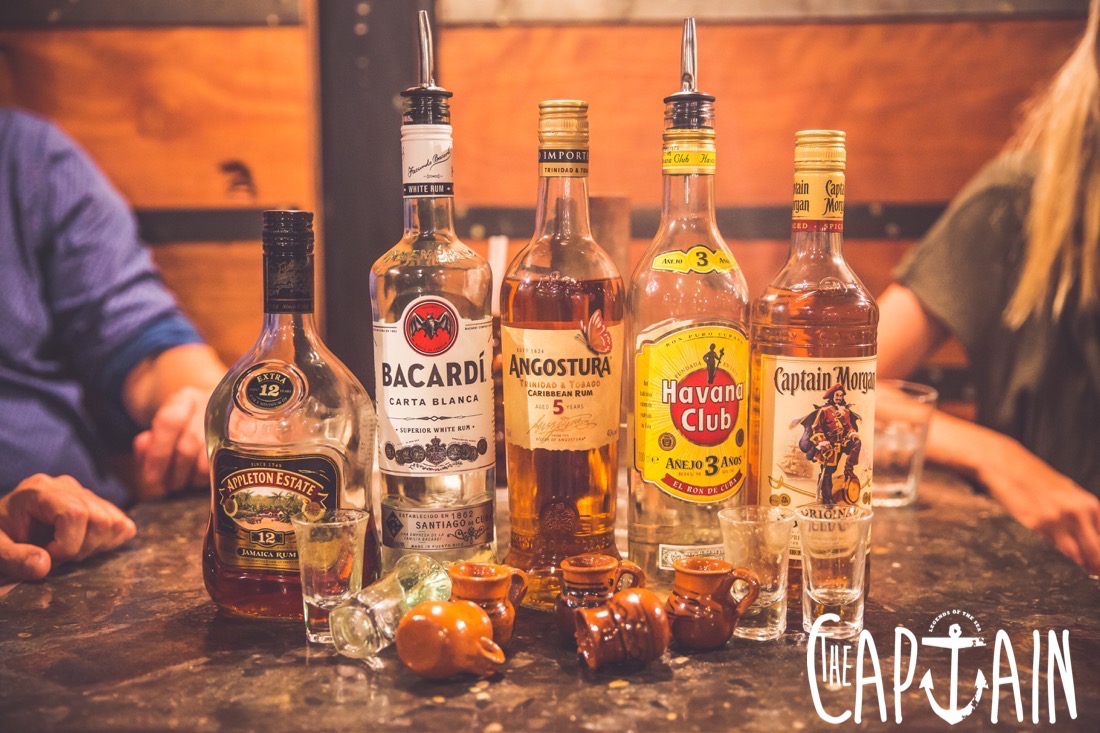
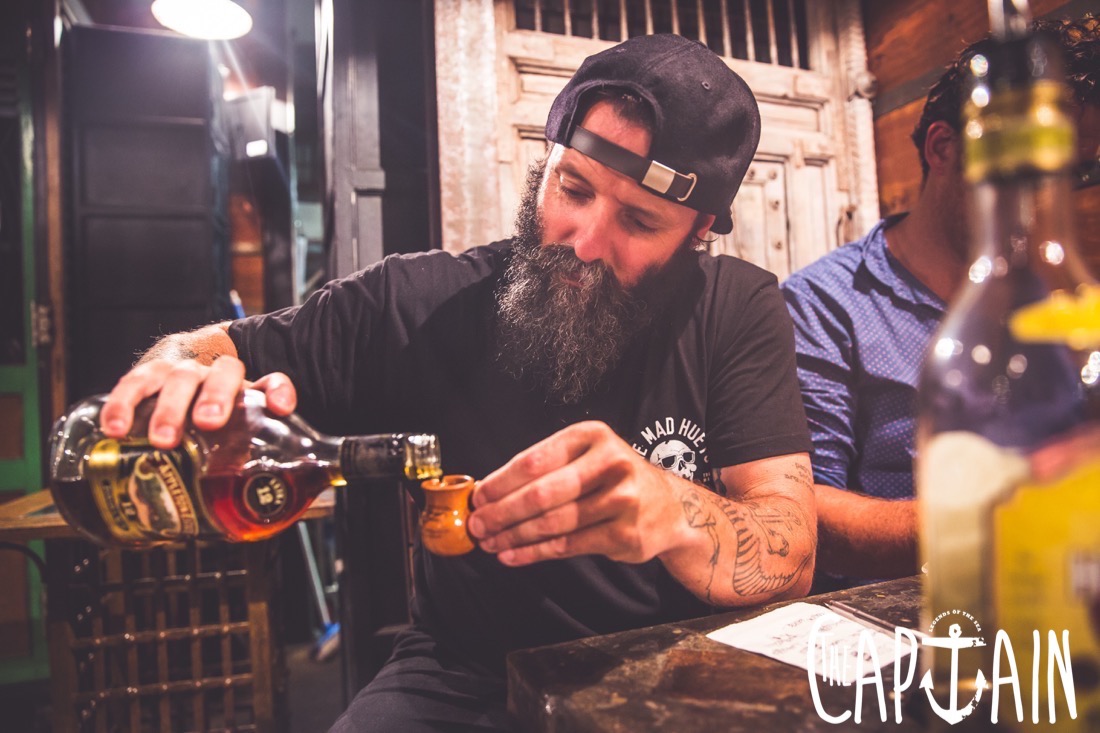
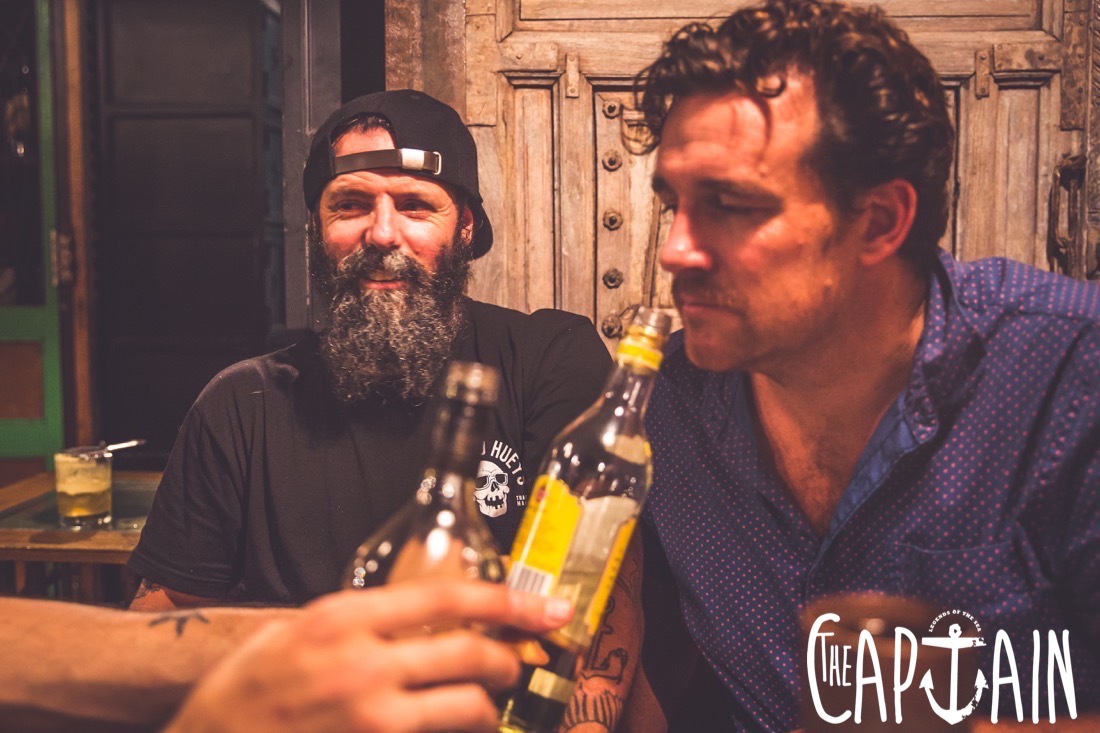
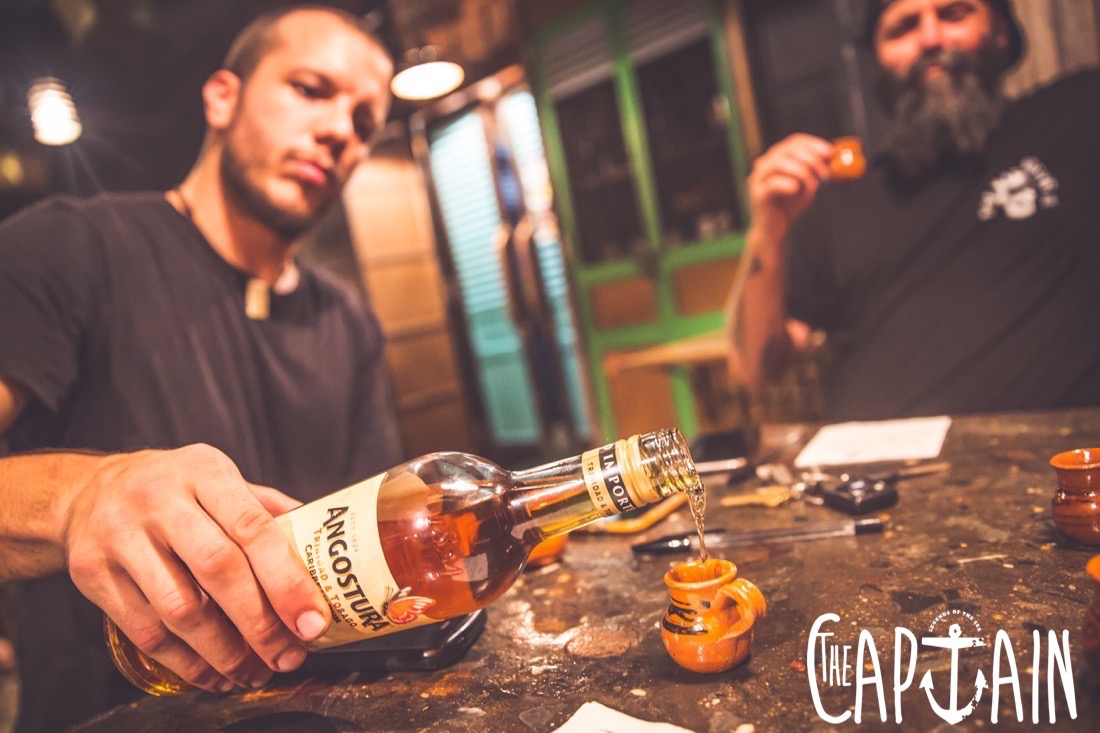
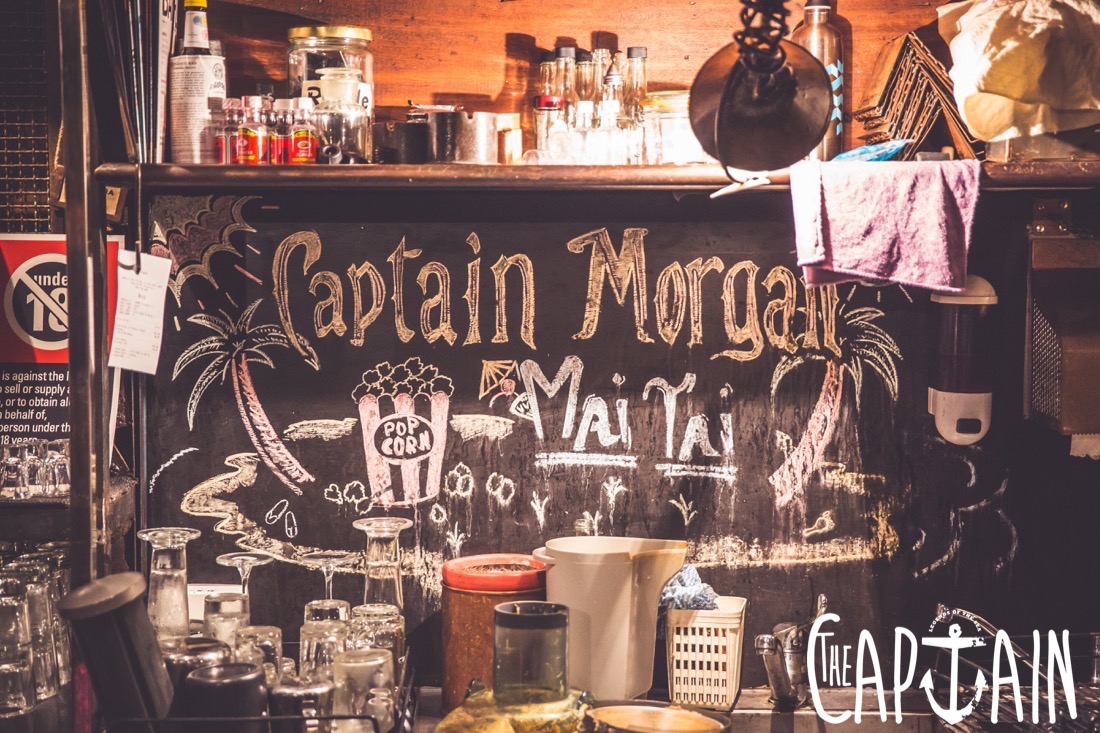
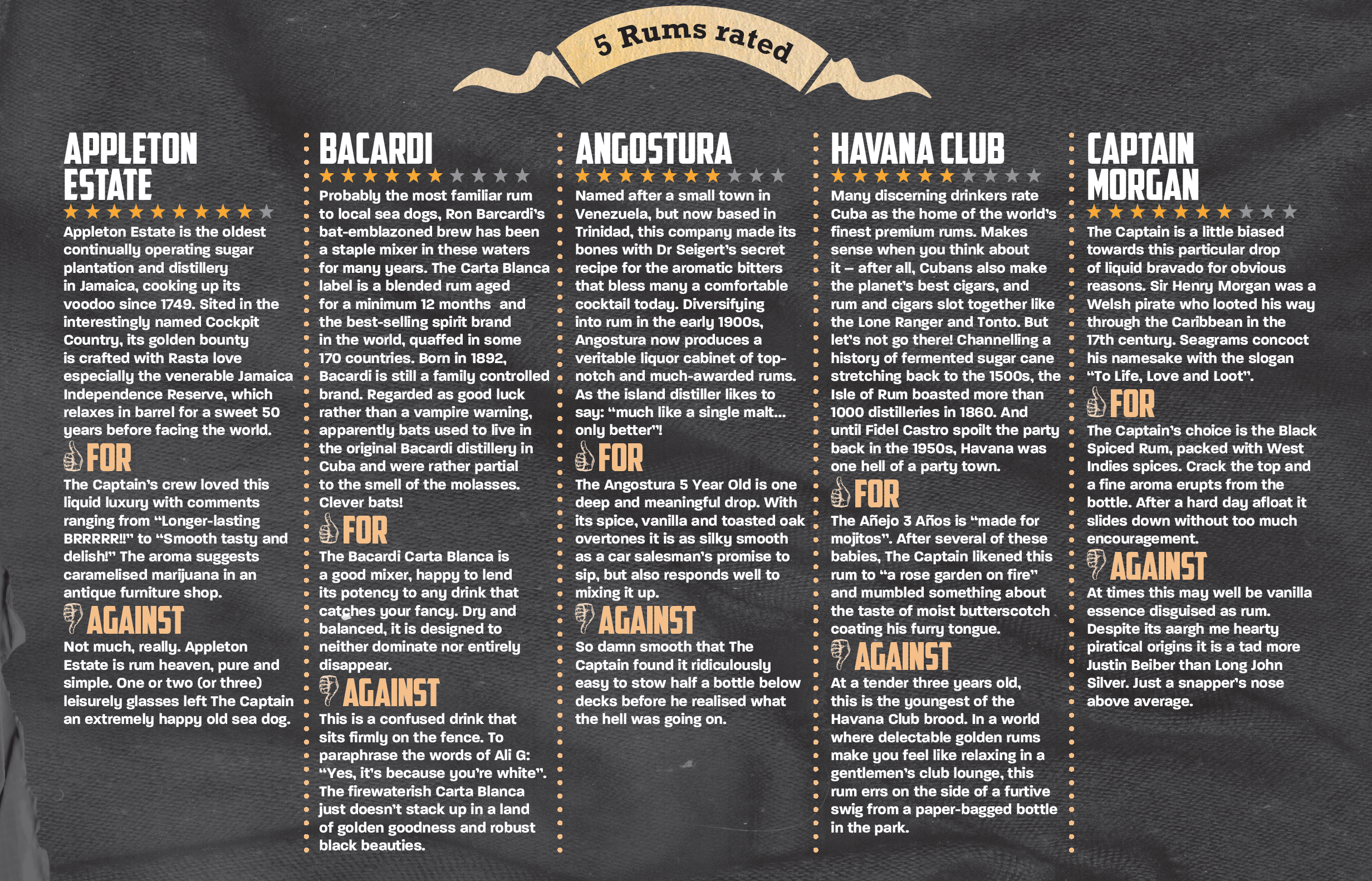
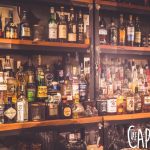


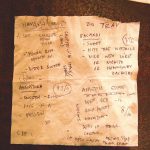



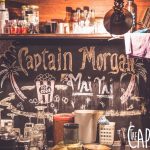
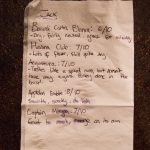
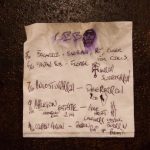
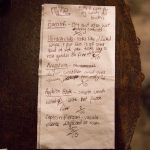
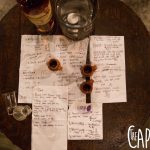


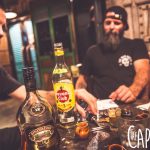
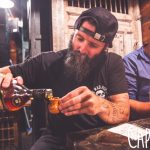
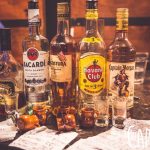
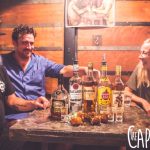
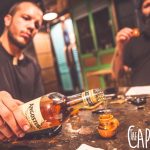
Recent Comments